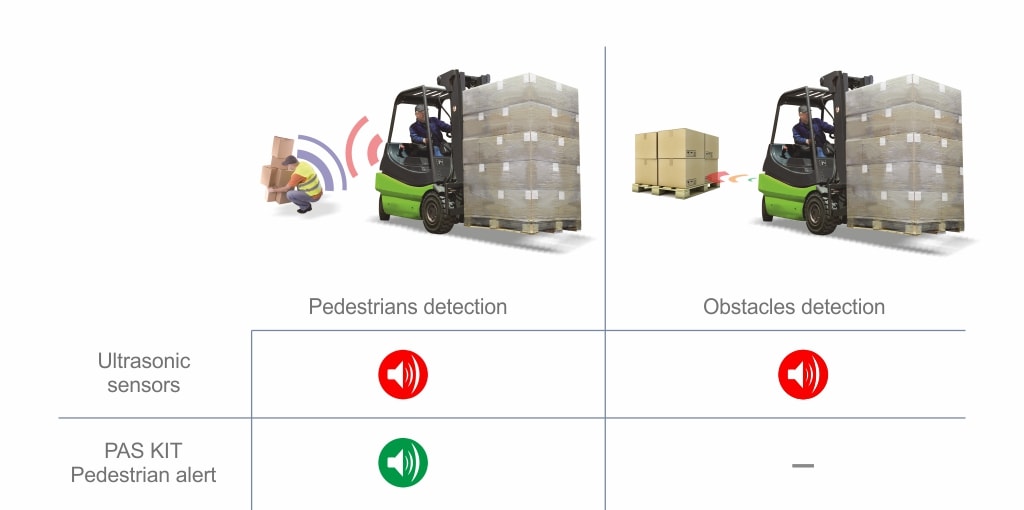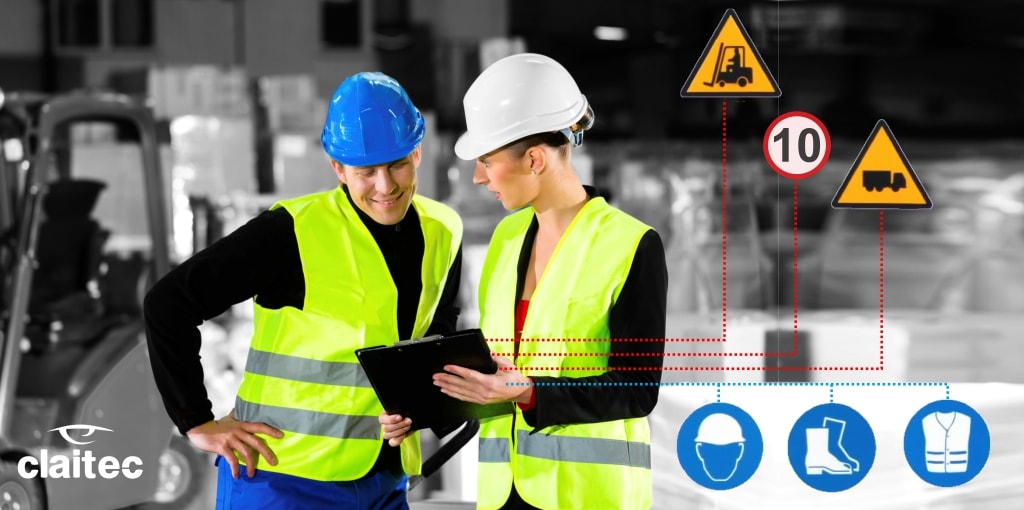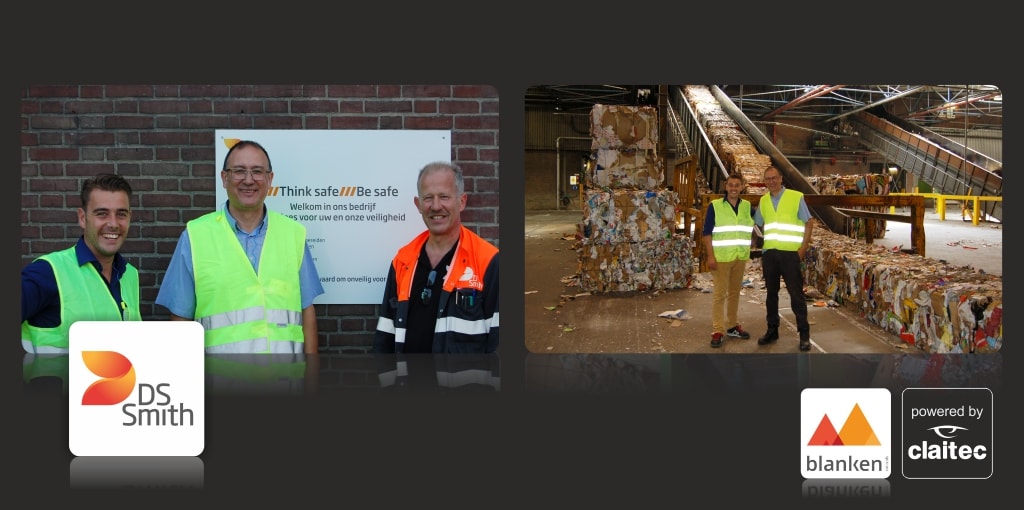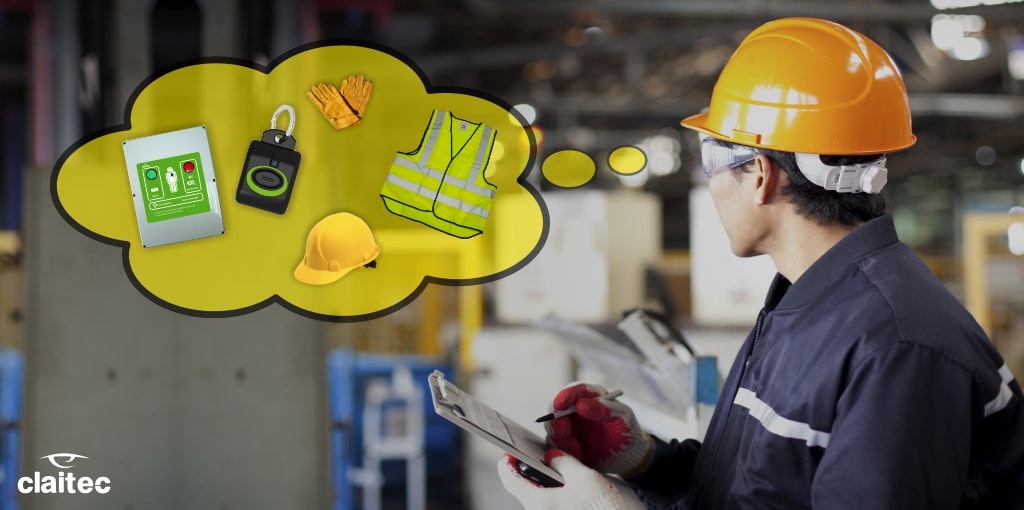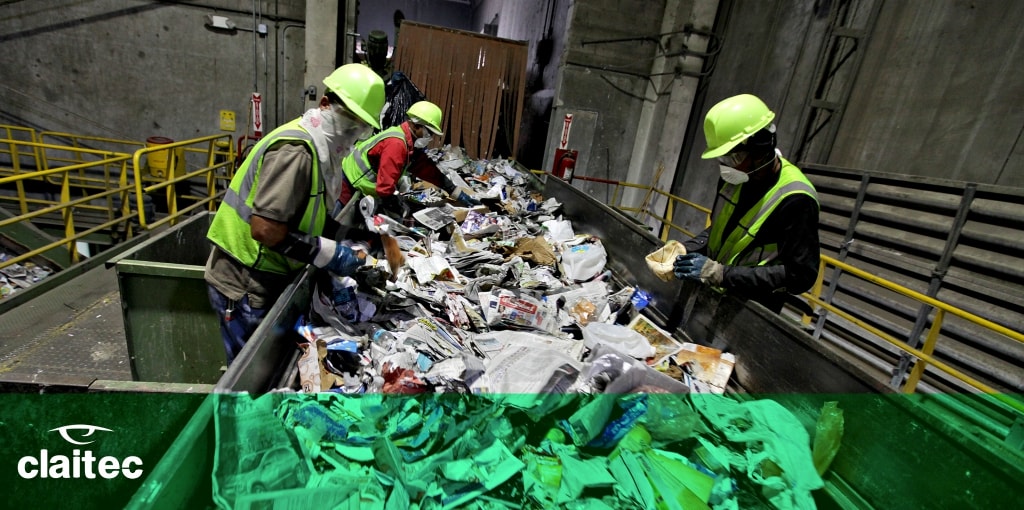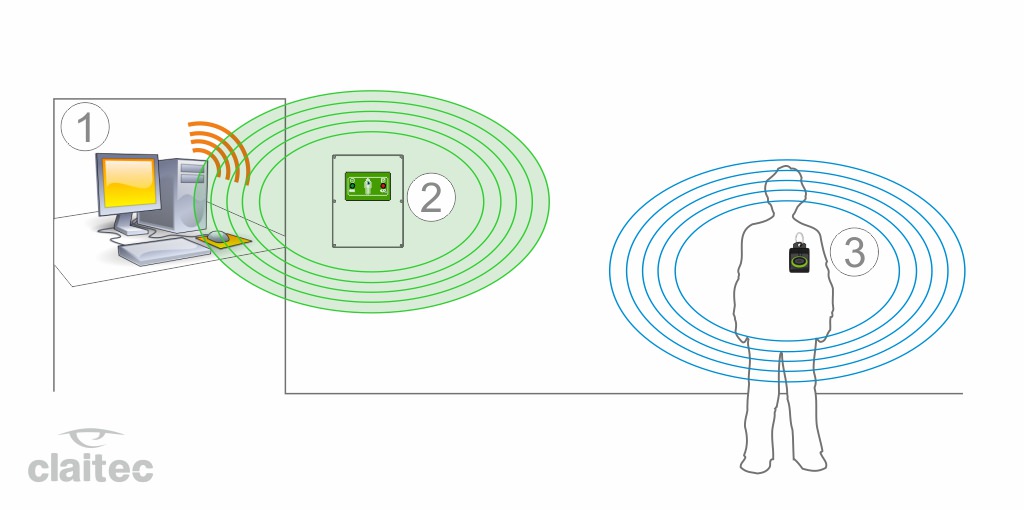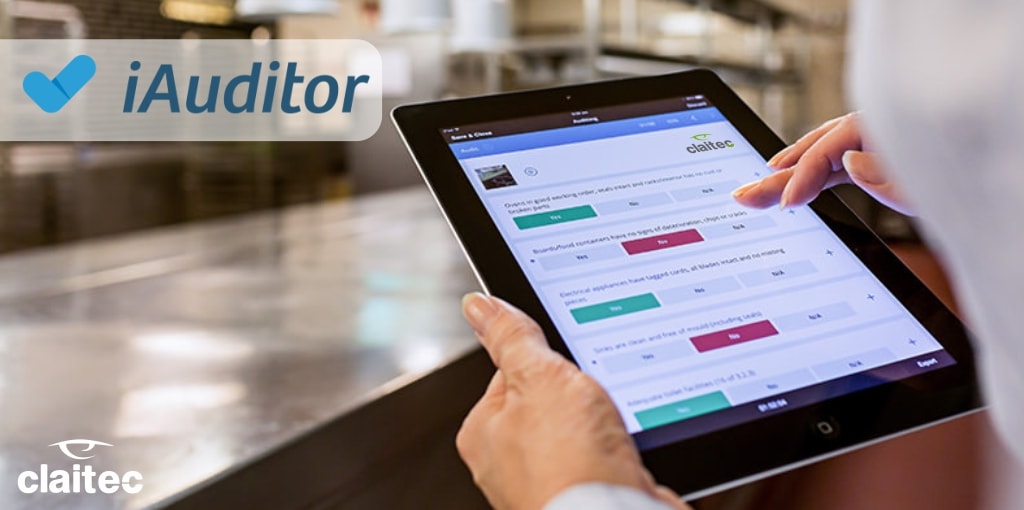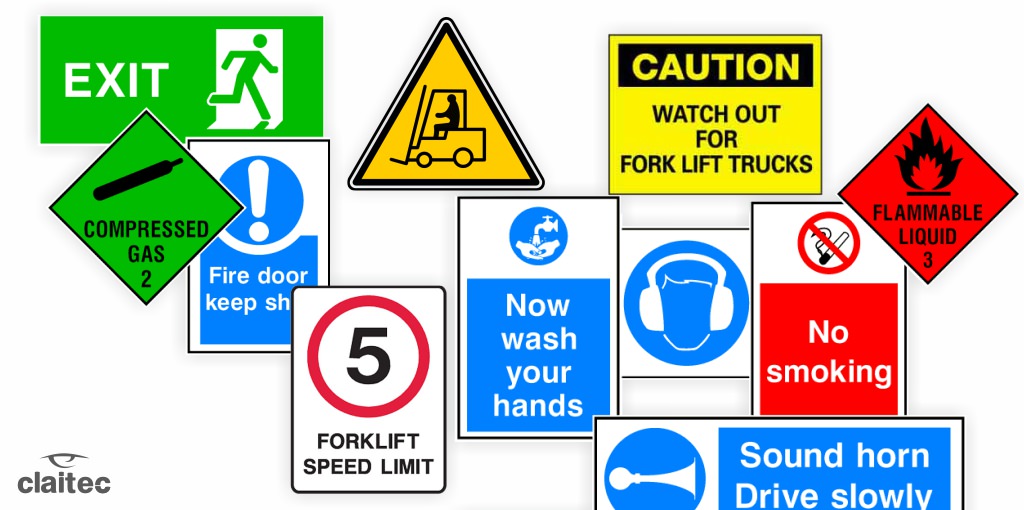A number of our clients have expressed their curiosity about the workings of the PAS system.
Many have asked us about the difference between this system and an ultrasonic sensor in an ordinary obstacle detection system.
Others interested in installing the PAS system in their companies, wondered whether they should use this or choose ultrasonic sensors systems instead. This question generally arises as they notice that other companies with similar solutions to Claitec’s offer this technology. For example, there are companies offering ultrasonic sensor as the appropriate solution for drivers who tend to encounter dangerous obstacles in their line of work.
What are and how do ultrasonic sensors work?
Ultrasonic sensors are proximity sensors that reveal objects at certain distances.
The sensors beep and then proceed to measure the time taken by the signal to return.
They function only in the air, without any form of contact, and they can detect objects with different shapes, colors and surfaces.
Ultrasonic sensors can identify solid, liquid or dust-like materials although it is a condition that these must be able to deflect sound. The sensors evaluate the time between the transmission pulse and the echo’s.
Given the fact that these type of sensors do not require any physical contact with an object, they also have the potential for detecting any type of object. Similarly, they can also find objects of any characteristics without the need for adjustment.
The main problem with these devices is the presence of blind zones, i.e., the area between the sensor and the minimum distance which an object can be detected at.
Another limitation is the recurrence of false alarms.
What are the advantages of the PAS system over these obstacle detection systems?
One of the most remarkable advantages of the PAS system – and what makes it truly unique – is its ability to discriminate between people and objects. The PAS system takes safety to a completely new level by warning the forklift’s driver that a pedestrian is approaching.
The ultrasonic sensor is also very limited when it comes to detecting other forklifts.
What happens in most cases is that the front part of the forklift is loaded with goods and this hinders the proper detection of the obstacle. Ultrasonic sensors can only detect obstacles properly from the rear of the forklift.
The PAS system, on the other hand, detects an object or a person at 360° fully effectively.
Last but not least, the PAS system is able to detect persons even if they are located behind a wall or a shelf as its detection system is capable of penetrating materials without any side effect. The ultrasonic sensors, on the contrary, are only able to detect objects that are directly in front of them – a serious limitation to its function.
